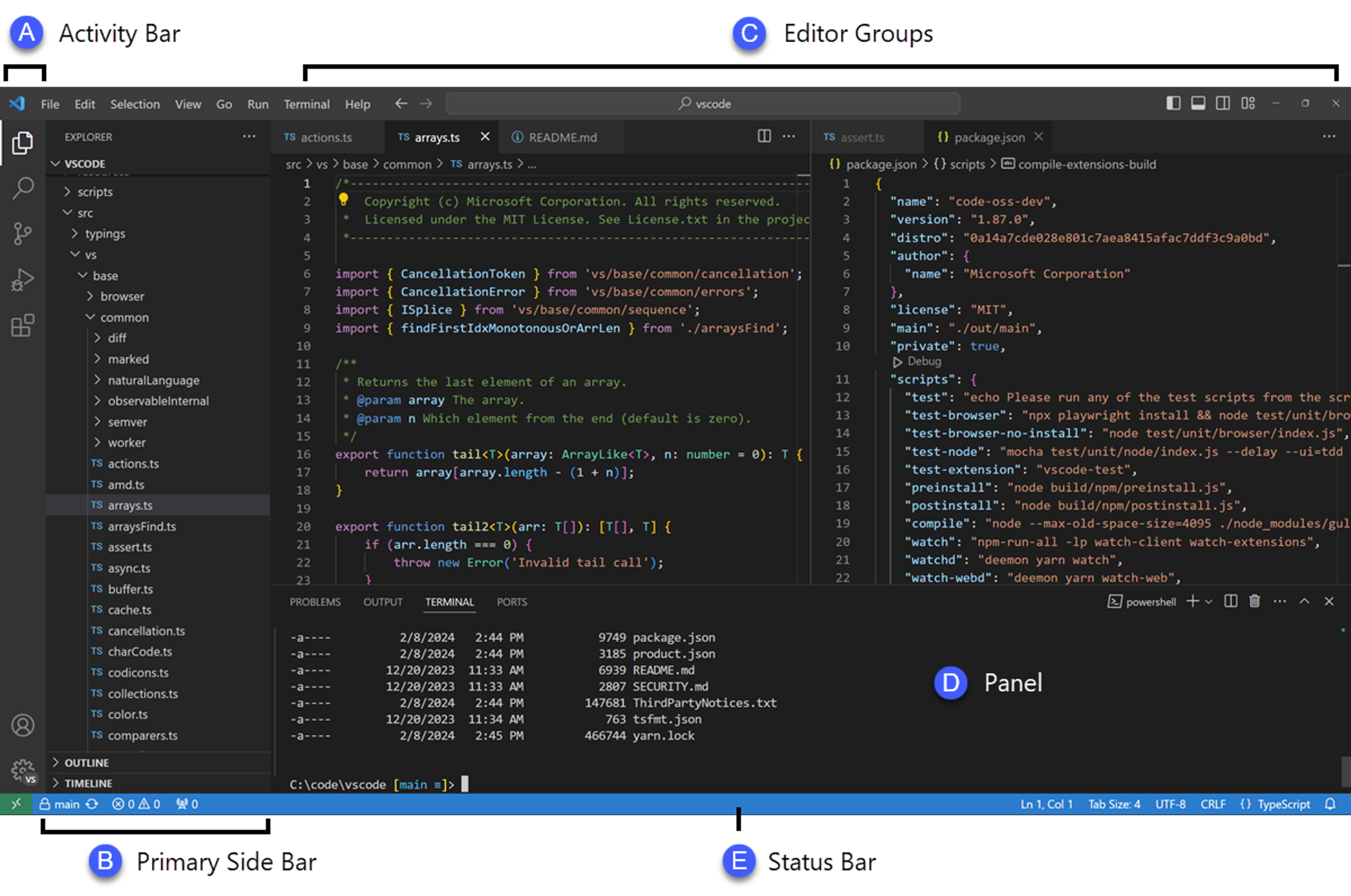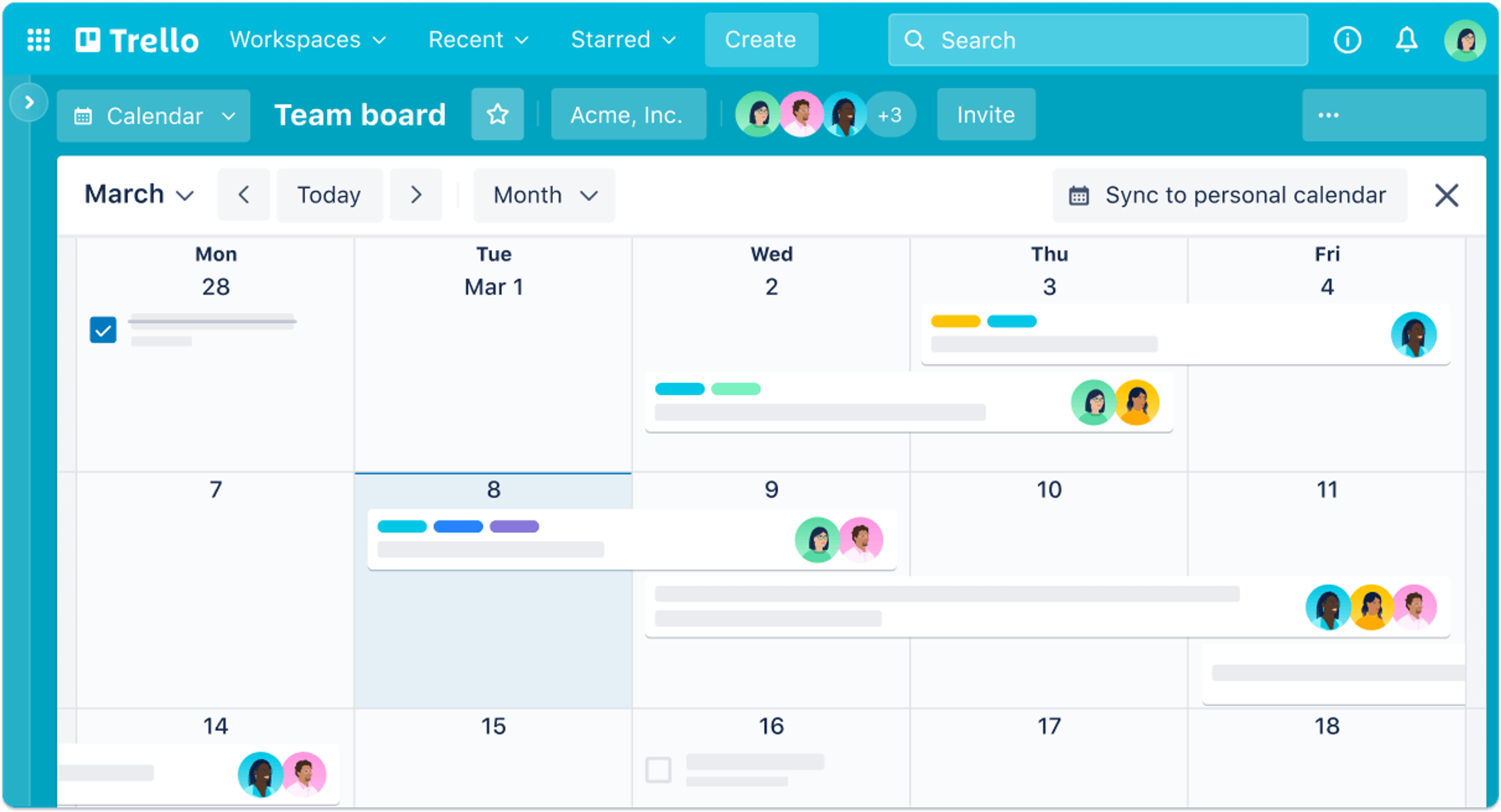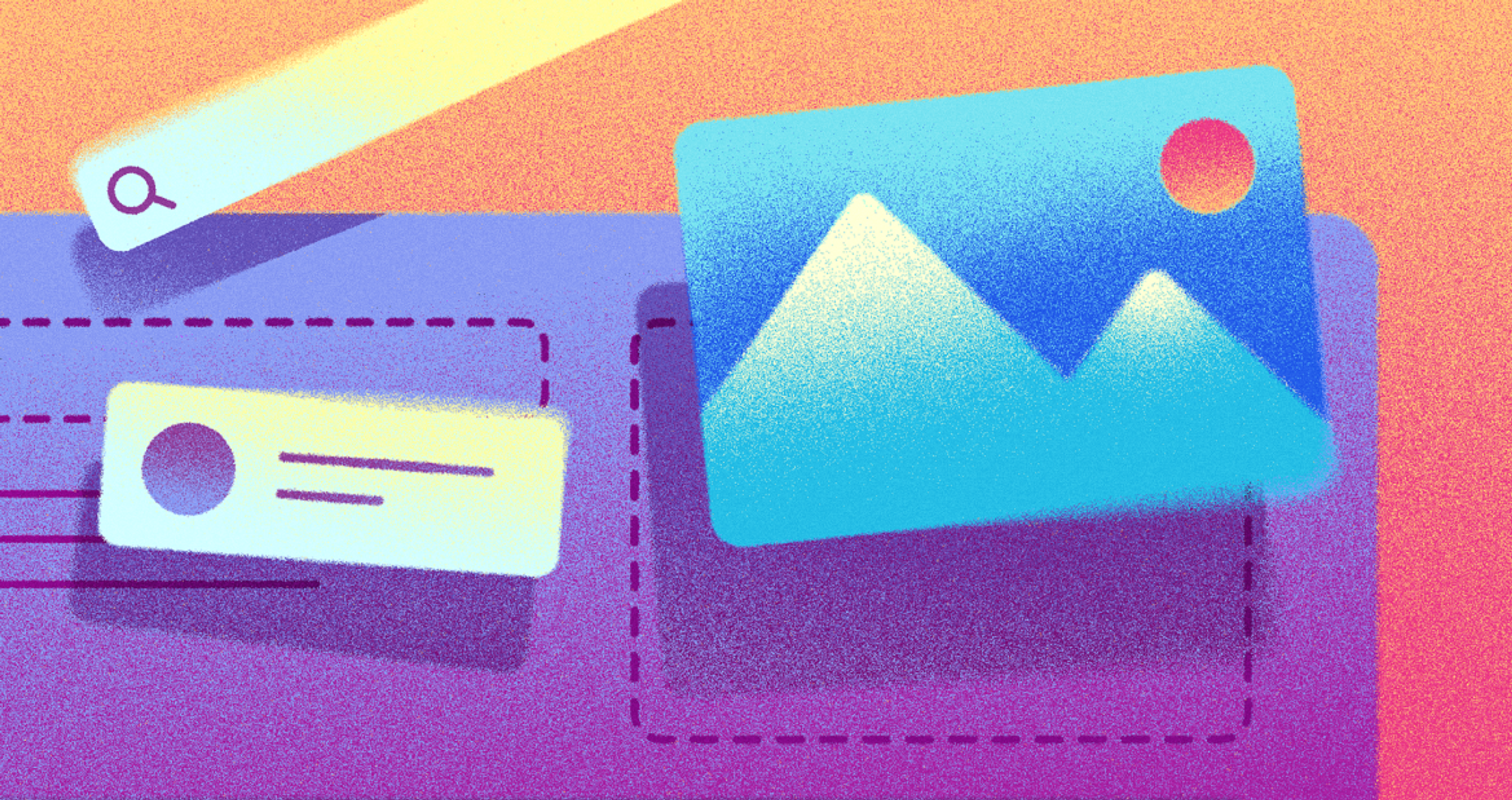Web design shapes how people experience the internet. A great website looks beautiful, works smoothly, and helps businesses connect with their customers. This guide shows you how to build web design skills, develop professionally, and create a successful career in this exciting field.
You will learn design principles, advanced methods, career strategies, and how to validate your growing skills. Whether you are starting from zero or advancing your existing abilities, this guide provides the frameworks you need for long-term success.
Key Takeaways
Here’s what you should remember if you want to become a web designer:
1.
Web design combines visuals and function to create user-friendly websites.2.
Learn the basics of layout, color, typography, and responsive design.3.
Build skills in HTML, CSS, JavaScript, and design tools.4.
Create a strong portfolio to show your best work.5.
Practice through real projects and stay active in design communities.6.
Keep up with trends and improve your designs over time.
With consistent practice and learning, you’ll be ready to design professional websites.
Understanding Web Design
Web design is creating a website’s visual layout and usability. Understanding web design theory is crucial for creating effective and aesthetically pleasing websites. It’s different from web development, which focuses on coding and functionality.
Key principles of web design include usability, aesthetics, and functionality. A well-designed website should be easy to navigate, visually appealing, and fully functional.
A comprehensive understanding of web design involves mastering several key components.
First, layout and structure are critical, as they determine how information is organized and presented. A clear, intuitive layout can significantly enhance user experience by making it easier for visitors to find what they want.
Second, color theory and typography are vital in creating a visually cohesive and engaging site. Color schemes should align with the brand’s identity and evoke the desired emotional response from the audience. Similarly, typography should be legible and consistent, contributing to the overall aesthetic without compromising readability.
What Does a Web Designer Do? by Clay

Another important aspect is responsive design, which ensures a website looks and functions well on various devices, from desktops to smartphones. With increasing numbers of users accessing the internet through mobile devices, creating fully responsive websites is no longer optional but essential.
Additionally, user experience (UX) design focuses on optimizing the site for ease of use and satisfaction. This includes intuitive navigation, fast loading times, and accessible content.
Finally, understanding basic SEO principles is crucial for making a website discoverable via search engines. This ensures that a beautifully designed site also reaches its intended audience effectively. Together, these elements form the foundation of effective web design, balancing form and function to create websites that look great and perform efficiently.
Skills Needed for Web Design
To become a successful web designer, you’ll need a mix of technical and soft web design skills. Most web designers need to have a solid grasp of programming skills related to web design:
Technical Skills: HTML, CSS, and JavaScript mastery is crucial for any web designer to create functional and visually appealing websites. Proficiency with graphic design software such as Adobe Photoshop and Illustrator, alongside tools like Figma and Sketch, is vital for creating and editing high-quality graphics and mockups. Understanding frameworks like Bootstrap and libraries like jQuery can further enhance your design capabilities.
Soft Skills: Creativity, effective communication, and problem-solving are key attributes of a successful web designer. You must understand client needs and translate them into engaging web designs that align with their vision and goals. Keeping up with industry trends, such as new design tools and techniques, ensures your designs remain fresh and relevant, helping you stay competitive.
7 Skills for Web Designers

User Experience (UX) and User Interface (UI) Design: Understanding UX and UI principles is essential for crafting websites that offer seamless interactions and a positive user experience. This includes creating wireframes and prototypes and understanding the user journey to design intuitive and effective interfaces. Knowledge of usability testing and user feedback analysis can further refine and optimize your designs, making them more user-centric.
Version Control Systems: Familiarity with version control systems like Git enables web designers to track changes, collaborate efficiently with team members, and manage multiple versions of their designs. Understanding branching and merging strategies can help maintain a clean and organized codebase, making implementing updates and new features easier.
Attention to Detail: Precision in design elements, ensuring consistency across pages, and spotting and correcting errors are crucial for maintaining high-quality web design. Attention to detail also involves adhering to branding guidelines and creating a cohesive visual experience that aligns with the client’s brand identity.
Developing a balance of these skills can help you become a well-rounded and competent web designer ready to tackle various projects and client needs.
Deepening Your Knowledge in Web Design
To further deepen your knowledge of web design, consider the following resources and approaches:
Join Design Communities: Engaging with online communities like Dribbble, Behance, and various design forums can provide valuable feedback on your work and inspiration from other designers. Talented web designers often engage with online communities to gain feedback and inspiration. Participating in these communities helps you stay updated with the latest trends and techniques in web design.
Certification Programs: Earning certifications from recognized institutions can bolster your credentials. Platform like W3C provide certification programs that cover a broad range of web design and development topics.
Source: w3.org

Work on Real-world Projects: Collaborate on open-source projects, internships, or freelance work to gain practical experience. Real-world projects help you apply what you’ve learned and develop a portfolio that showcases your skills to potential clients or employers.
Analyze and Reverse Engineer Existing Websites: Study well-designed websites and analyze their structure and design choices. Try to recreate some of these designs to understand the underlying principles and techniques.
By leveraging these resources and consistently practicing, you’ll be able to develop a strong foundation in web design and keep advancing your skills. Taking a proactive approach to learning ensures you remain adaptable and well-prepared for the ever-changing landscape of web design.
Building Your Web Design Toolkit
Having the right tools is essential for web design:
Content Management Systems: Familiarize yourself with platforms like WordPress and Joomla, allowing you to easily build and manage websites.
Choosing Tools: Select tools based on your specific needs and preferences. Experiment with different options to find what works best for you.
Code Editors: Utilizing a robust code editor can significantly enhance your efficiency. Visual Studio Code, Sublime Text, and Atom offer features like syntax highlighting, code snippets, and extensions that streamline your coding workflow.
Source: Visual Studio Code

Version Control Systems: Incorporating a version control system like Git into your toolkit is crucial for managing and tracking project changes. Platforms like GitHub, GitLab, and Bitbucket provide repositories where you can host your code and collaborate with others.
Design and Prototyping Tools: InVision or Axure RP are beneficial for creating interactive prototypes and visual designs. These tools enable you to mock up user interfaces and test user interactions before diving into code.
Testing and Validation Tools: Ensure your designs are accessible and perform well across browsers and devices. Tools like BrowserStack or LambdaTest can provide insights into cross-browser compatibility and accessibility issues.
SEO and Analytics Tools: Implementing Yoast SEO and Google Analytics can help you optimize your websites for search engines and track user engagement. These insights are vital for improving your design’s effectiveness.
Project Management Tools: To keep your projects organized, use project management tools like Trello, Asana, and Jira. These tools allow you to track tasks, set deadlines, and collaborate with team members efficiently.
Source: Trello

Building a comprehensive web design toolkit tailored to your workflow and preferences can significantly enhance your productivity and the quality of your projects. Experiment with different tools and continually refine your toolkit to meet your evolving needs as a web designer.
Career Development and Professional Pathways
Web design opens doors to several careers, each with its own special area, work setting, and promise of future growth.
Design Career Pathway Navigation
Learn the key roles you can take in the web design field. Every road calls for its own mix of skills and comes with unique pros, cons, and rewards.
- UX Designer: Focus on user research, information organization, and interaction design. These designers analyze data and user feedback to create interfaces that solve the most challenging user problems.
- UI Designer: Pay attention to the look and feel of interfaces. These experts design buttons, colors, and typography that work together to make the interface beautiful and user-friendly.
- Full-Stack Designer: Blend design and coding skills to take projects from idea to launch. These professionals can write the HTML, CSS, and JavaScript to make their designs come to life, helping them see the technical limits firsthand.
- Design Leader: Guide a team of designers by setting vision, sharing feedback, and aligning design with broader company goals. Strong communication, coaching, and business strategy skills are necessary in this role.
- Freelance Designer: Make your own schedule by taking on projects with different clients. Success in this path requires design talent and skill in marketing, contracts, and client relationships.
Starting Your Own Design Business
To build a design-focused company, you’ll need more than talent with interfaces. Innovative design entrepreneurs learn to balance creative work with sales, contracts, and money management basics. Many of the best firms start with a creative foundation but grow strength in the business side to support their ongoing vision.
Strengthen business development skills by practicing networking, proposal writing, and client relationship management. How well you discover and nurture clients is a significant measure of your business success.
Master pricing strategies that fairly reflect your expertise and still stay competitive. When you charge too little, you harm your profit and the wider design community.
Create efficient systems for project management, client communications, and quality control. Well-honed processes let you concentrate on design while still meeting professional standards.
Learn the legal essentials — contracts, intellectual property, and business structures. When you understand the law, you protect your work and set clear client expectations.
Develop multiple revenue streams by designing different project types, creating products, or offering classes. The wider your income base, the more stable your finances and the less you rely on a single client.
Professional Network and Mentorship Strategy
Cultivate professional connections that encourage growth and provide educational opportunities. Strong relationships unlock doors and offer guidance during key career moments.
Locate mentors who offer constructive feedback and industry insights. Their advice helps you sidestep frequent pitfalls and gain perspective on career choices.
Participate in design communities, whether online or in your local area. These groups provide feedback, learning chances, and professional relationships.
Go to design conferences, workshops, and events. Meeting others in person often sparks collaborations and helps you stay informed about industry trends.
Please share what you know by putting it in writing, giving a talk, or leading a class. When you teach, you make what you have learned stick in your mind and show everyone that you know your stuff. Over time, people will see you as a go-to source in your area, and that connection can open doors to fun new projects.
FAQ
Q: Do I Need to Know How to Code to Be a Web Designer?
You don’t need to be an expert coder, but knowing HTML, CSS, and basic JavaScript makes your designs more flexible and easier to build.
Q: Can I Become a Web Designer Without a Degree?
Yes, you can become a web designer without a degree by learning through online courses, tutorials, bootcamps, and hands-on practice.
Q: What’s the Difference Between Graphic Design and Web Design?
Graphic design focuses on visuals for print and digital media, while web design involves creating interactive, user-friendly websites.
Q: How Do I Know If Web Design Is Right for Me?
If you enjoy creativity, solving problems, and working with digital tools, web design could be a strong career fit for you.
Q: Is Freelancing a Good Way to Start in Web Design?
Freelancing is a great way to gain experience, build a portfolio, and grow your skills through real client projects.
Read more
Conclusion
Becoming a web designer is an exciting journey that requires dedication and continuous learning. Following the steps outlined in this article, you can build a strong foundation in web design and create stunning websites. Start learning, practicing, and showcasing your work, and you’ll be well on your way to becoming a professional web designer.


About Clay
Clay is a UI/UX design & branding agency in San Francisco. We team up with startups and leading brands to create transformative digital experience. Clients: Facebook, Slack, Google, Amazon, Credit Karma, Zenefits, etc.
Learn more

About Clay
Clay is a UI/UX design & branding agency in San Francisco. We team up with startups and leading brands to create transformative digital experience. Clients: Facebook, Slack, Google, Amazon, Credit Karma, Zenefits, etc.
Learn more


